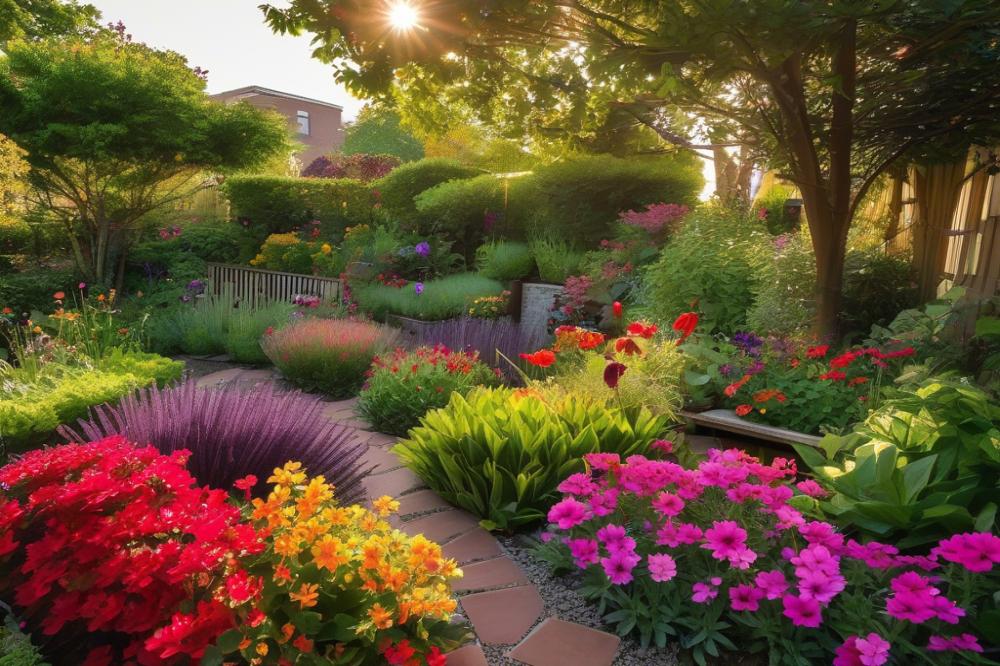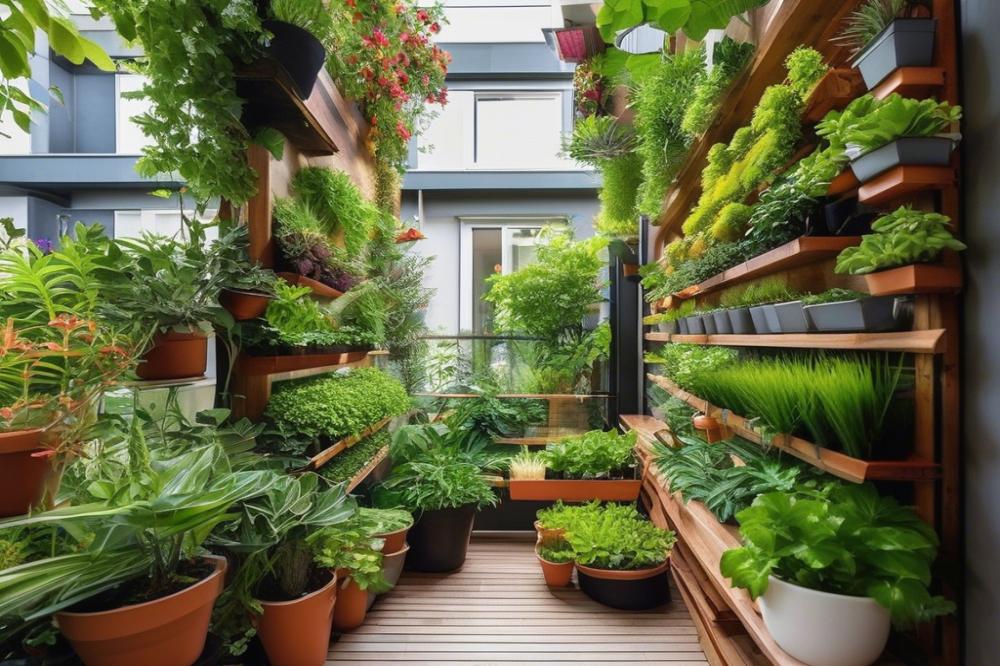Importance of gardening-in-limited-spaces-the-art-of-microgreens”>sunlight in gardening
sunlight plays a crucial role in the health of plants. Most flowers, vegetables, and herbs need plenty of it for growth. Without adequate light, plants can become weak and unhealthy. If you’re gardening in a small garden, understanding how to harness sunlight is essential. Every inch matters when space is limited.
Challenges of Small Space Gardening
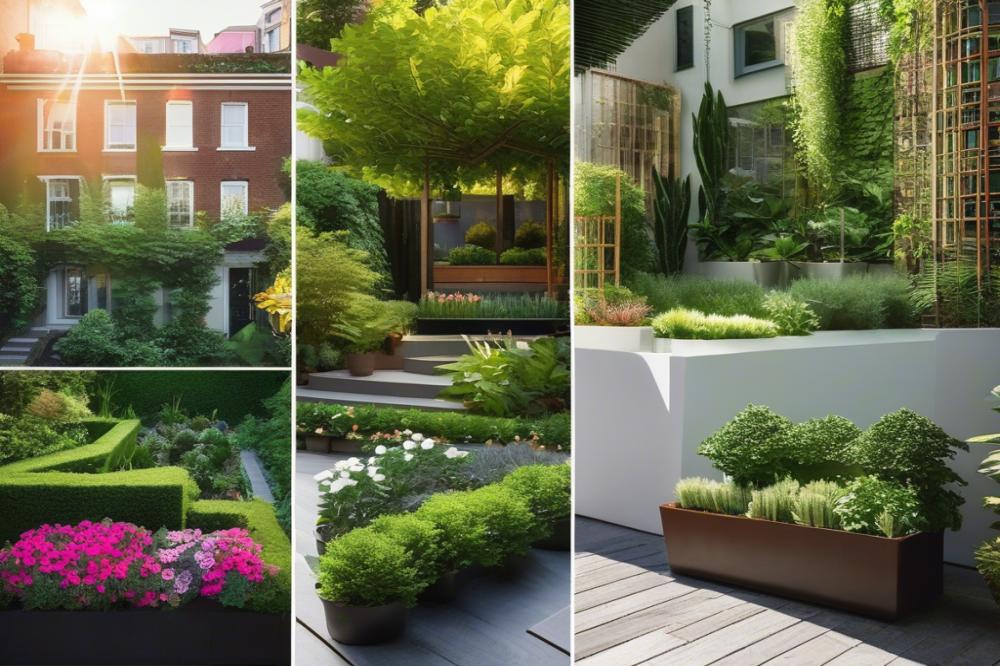

Gardening in small spaces brings unique challenges. Limited room can restrict your ability to plant various species. Shadows from neighboring buildings, trees, or fences might block essential sun exposure. This can lead to stunted growth or poor yields. Finding effective shade management practices becomes vital to navigate these obstacles. With careful planning and thoughtful garden design, you can overcome these issues.
Overview of Maximizing Sunlight Strategies
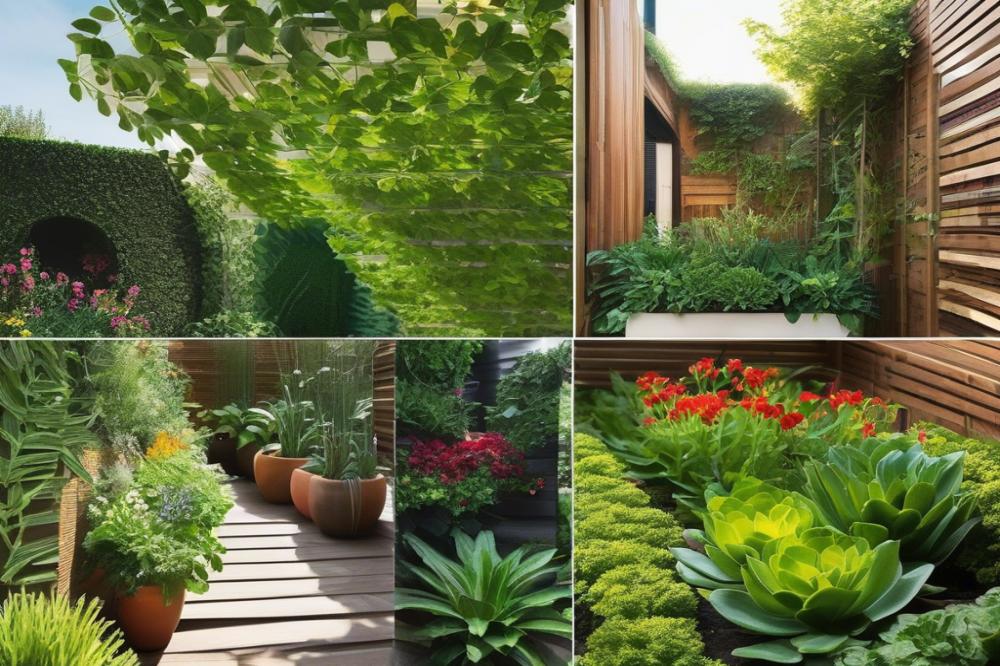

You can use various strategies to maximize sunlight in your space. Planting strategies matter greatly, especially when deciding where to locate your plants. Consider using container gardening, which allows you to move pots into brighter areas. Vertical gardening offers another smart option. This technique makes use of vertical surfaces, allowing plants to grow upward where they can get more light.
Tracking sunlight throughout the day can help identify the best spots for your plants. A simple observation of shadow patterns will reveal areas that get the most light. Adjusting your garden layout according to this information can lead to better growth. Effective use of space is crucial, especially in a small garden. Employing these tactics will help you cultivate a vibrant and flourishing garden despite the limitations of your environment.
Understanding Sunlight and Its Importance
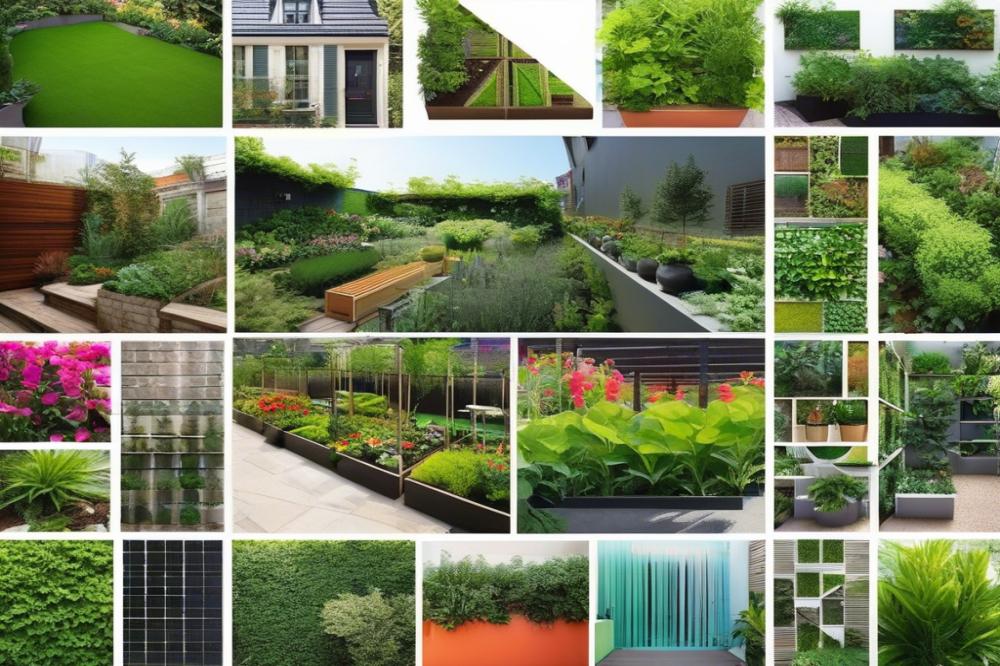

Plants rely heavily on sunlight for their growth and survival. This natural light provides the energy needed for photosynthesis, which is how plants convert light into food. Without sufficient light, many plants struggle to thrive. They may become weak or fail to produce flowers and fruit.
The amount of light a plant receives can greatly affect its health. Some species prefer full sun, thriving with at least six hours a day, while others are more comfortable in partial shade. If you know the light needs of your plants, you can select the right ones for your space. For instance, tender leafy greens may flourish with less light, while sun-loving herbs need more exposure.
Shade management is crucial in small gardens, where taller plants or structures can block light. Assessing your garden layout is essential before planting. Consider the positions of fences, walls, or trees. Mapping out your garden’s light patterns throughout the day helps guide your decisions. Sunlight tracking can reveal where light is most abundant and where it dwindles.
gardening tips include placing taller plants on the north side of your garden to avoid casting shadows on shorter ones. If space allows, container gardening can be a clever solution. This method lets you move plants to maximize exposure as the sun shifts. All these strategies contribute to a vibrant and productive garden.
Vertical gardening is another approach that can help. It utilizes walls or trellises, allowing plants to climb upward instead of spreading out. This design not only saves space but also increases sun exposure. Pairing this technique with proper planting strategies ensures your garden remains lively and fruitful.
Tracking sun exposure may seem tedious, but it pays off. Knowing which spots in your garden receive the most light helps in making informed plant choices. Taking the time to understand light levels will ultimately help you grow a thriving garden despite spatial constraints.
Shade Management Techniques
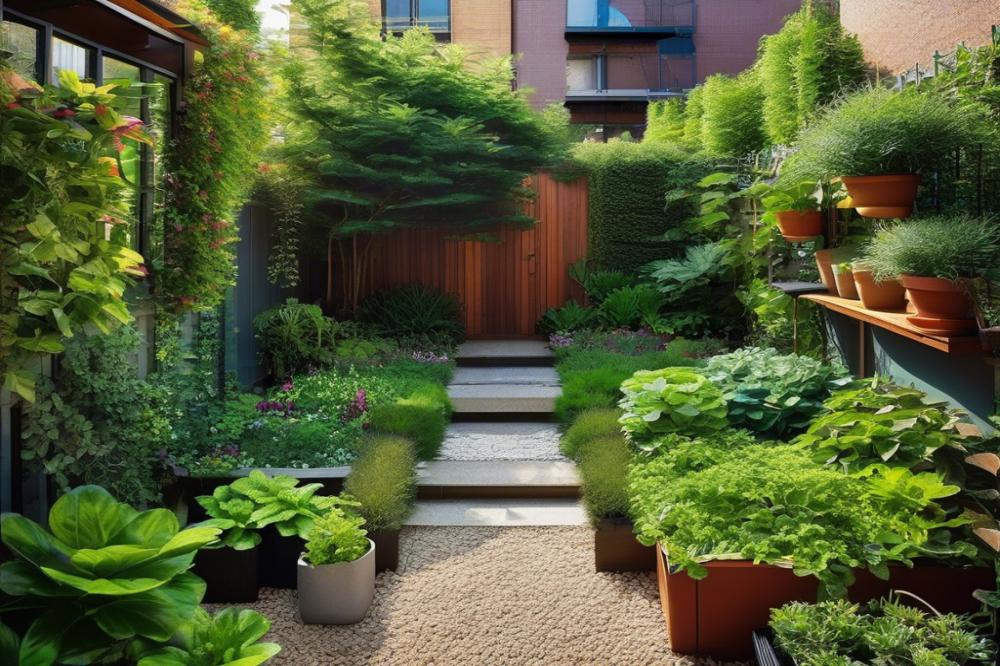

Identifying Sources of Shade in Small Gardens
Recognizing what creates shade is essential for garden design. Structures like fences, walls, and buildings can block light. Trees and larger plants also play a role. Observe your garden throughout the day. Take note of areas that are consistently dark. This is your first step in effective shade management. Understanding these points will shape your planting strategies. Focus on areas with the most sun exposure for the best results. Consider using sunlight tracking to monitor shifts in light throughout seasons.
Using Shade-Tolerant Plants
Opting for shade-tolerant plants is a great strategy. They can thrive in lower light conditions. Ferns, hostas, and certain types of begonias do well in these areas. Container gardening offers flexibility, bringing greenery where you want it. Select plants that not only tolerate shade but also add beauty to your space. This can create a vibrant garden even where light is limited. By choosing wisely, your garden can flourish despite the challenges of shade.
Pruning to Enhance Light Penetration
Pruning is a powerful technique for maximizing space. Removing branches from trees and shrubs can allow more light to filter through. Target areas in need of better sunlight access. This practice not only encourages healthy growth but also improves overall aesthetics. An open layout permits light to reach lower plants effectively. Regular maintenance will keep your garden looking fresh and lively. This kind of attention to detail is crucial for a thriving small garden.
Planting Strategies for Optimal Sunlight
Choosing the Right Plants for Specific Sun Exposure
Selecting plants that match your garden’s light availability is key. Some flowers and vegetables thrive in full sun, while others prefer partial shade. Look for sun-loving varieties like tomatoes or peppers if your garden gets plenty of light. Shade-tolerant plants, such as ferns or hostas, shine in areas with less exposure. This method allows you to utilize each garden area effectively. Understanding your microclimate will guide your choices. It’s important to check how sunlight travels across your space over the seasons.
Companion Planting for Increased Light Access
Companion planting can benefit your small garden layout. Some plants can help each other grow, enhancing light access. For example, taller plants like sunflowers can provide shade for those that prefer less light. They create a natural canopy, making the most of limited space. Moreover, planting low-growing herbs underneath can maximize your garden’s productivity. Keep in mind that the right combinations often lead to healthier plants. These gardening tips can help create a balanced ecosystem.
Seasonal Planting to Maximize Sunlight
Making use of seasonal planting aligns with the shifting sun exposure throughout the year. Starting with spring crops that thrive in cooler temperatures can be beneficial. As summer arrives, switch to heat-loving varieties. Not only does this cycle promote better harvests, but it also allows for a continuous display of greenery. Tracking the sunlight in your garden can unveil the best times to plant and harvest. Shifting your focus based on seasons keeps the garden vibrant and full of life. Container gardening can also be integrated for flexibility. Moving pots can help adjust to changing light conditions effortlessly.
Innovative Garden Layout Ideas
Designing a garden layout that captures maximum sunlight is crucial for thriving plants. Consider the orientation of your garden. South-facing areas receive more light than those on the north. Start by identifying sun exposure throughout the day. Mark the spots that are sunny, semi-shady, and shady using a sun map. This will guide your planting strategies.
Creating pathways helps avoid overshadowing plants. Walkways should be positioned carefully to prevent tall plants from blocking shorter ones. Use gravel or mulch for pathways to reduce light blockage. Furthermore, plan your layout so that wider plants are placed on the north side. This simple step allows smaller plants to benefit from sun exposure.
Think about incorporating container gardening. Pots can be moved to follow the sun’s path throughout the day. Unique planting strategies come into play here. Arrange containers in groups for aesthetic appeal while making sure each plant receives adequate light. This approach maximizes space and enhances your garden’s look.
Vertical gardening is another effective method. Make use of vertical structures to grow climbing plants. Trellises or shelves can hold pots, helping plants reach sunlight without needing more ground space. When you stack your plants vertically, you create diversity and interest. This keeps your garden looking vibrant and full of life.
Utilizing sunlight tracking can take your garden design a step further. Observe how light shifts with the seasons. Take notes throughout the year to see which areas thrive and which struggle. Adjustments can be made based on this data. These gardening tips will refine your approach and lead to flourishing plants.
Implementing effective shade management is essential as well. Some plants need partial shade to thrive. Group shade-tolerant plants together in specific areas of your garden. This will help balance the light needs of all your plants. Tailoring your layout to include both sun and shade-loving plants is key to success.
Container Gardening and Sunlight
Benefits of Container Gardening in Small Spaces
Container gardening offers great advantages for those with limited outdoor areas. This method allows you to create a vibrant garden even in tight spots. Additionally, you can easily rearrange containers to adapt to changing seasons or personal preferences. By using pots, you can maximize space and give your plants the attention they deserve. Those with small yards can enjoy the beauty of greenery and flowers without requiring a large area. Also, containers often provide better drainage, which is crucial for many types of plants.
Positioning Containers for Optimal Sun Exposure
Consider the layout of your garden carefully. Positioning pots in a location that receives ample sunlight throughout the day is essential. Observe how shadows shift based on the time of day. Shade management is key, as nearby trees or structures can block light. Rearranging your containers can make a huge difference. Placing taller plants on the north side can allow shorter ones to soak up more sunlight. Tracking the sun’s movement in your garden can help you find the perfect spots for each pot.
Selecting Appropriate Plants for Containers
Choosing the right plants makes all the difference in container gardening. Consider growth habits, water needs, and sunlight requirements. Opt for varieties that thrive in smaller spaces. Herbs, lettuces, and flowers like petunias are excellent choices. These plants often adapt well to container life and offer a burst of color or flavor. Think about incorporating vertical gardening techniques too. By using trellises or hanging pots, you can further maximize space while creating an eye-catching display. Different planting strategies will also allow you to enjoy a more diverse garden.
Vertical Gardening to Enhance Light Access
Limited space doesn’t mean you can’t enjoy a vibrant garden. Vertical gardening can turn your small area into a green paradise while maximizing space. By growing plants upwards, you can make the most of every square foot. Sunlight is precious in smaller gardens. Utilizing vertical methods can greatly improve light access for your plants.
Advantages of Vertical Gardening in Limited Spaces
First off, vertical gardening offers unmatched efficiency. You can cultivate more plants in a small area by utilizing walls and fences. This increases your garden’s overall productivity. Moreover, it provides better air circulation. Plants have a lower chance of developing diseases when they are well spaced. Effective shade management becomes easier too. Taller plants can create shade for shorter ones, allowing you to strategically grow various species together.
Planting Methods and Structures for Vertical Gardens
There are many ways to implement vertical gardening in your space. One popular method involves using trellises. Using sturdy trellises, you can grow climbing plants such as beans or peas. Containers are another great option. Hanging pots can be arranged in creative patterns on walls or railings. This gives you unique designs while enriching your garden layout. Additionally, wall planters provide an artistic touch, displaying flowers and herbs that draw the eye.
Maximizing Wall Spaces and Trellises for Sunlight
Tracking sunlight exposure is key when planning your vertical garden. Choose wall spaces that receive the most direct light. Consider the sun’s path across the sky when deciding where to place your plants. Trellises should also be positioned wisely to catch every ray. Some plants thrive in full sun, while others prefer partial light. Understanding each plant’s needs is integral to successful planting strategies. By placing taller plants near sunlit areas, you can create a layered effect that enhances your garden’s structure.
Container gardening is also a versatile method for maximizing space. Use bins or pots attached to walls or hung from hooks. This way, you keep your plants off the ground, increasing accessibility. Each vertical element contributes to the overall garden design, making it both functional and appealing.
Sunlight Tracking and Monitoring
Tracking sunlight can be a game-changer in small gardens. Various tools help with this process. A simple sundial can give you an idea of where the sun is at different times. You might also consider using a smartphone app designed for gardening. These apps can tell you how many hours of light different areas receive. They often include maps to show shade patterns.
Understanding seasonal changes is crucial. During summer, the sun’s position shifts compared to winter months. You’ll notice longer days affecting how sunlight reaches your plants. Fall brings a decrease in intensity as daylight shortens. Paying attention to these shifts can prepare you for effective garden layout decisions.
Adjusting your gardening tips and strategies based on sunlight tracking makes sense. Place taller plants on the north side to avoid casting shade on shorter plants. If limited sun exposure exists, container gardening works well. With pots, you can move plants to optimize their light intake. Vertical gardening can also help. Set structures against walls for climbing plants that seek light.
Focus your efforts on shade management. Understanding which areas remain dark helps you select the right plants. Opt for shade-tolerant species where direct sun is scarce. These choices will keep your garden thriving despite any limitations. A well-planned garden design maximizes space and light exposure effectively.
Monitor changes regularly. Observing how plants react to light can guide future planting strategies. Keep a light journal to note where sun reaches your garden. This record transforms your gardening practices over time.
Wrapping Up Your Garden Experience
Understanding how to maximize light in a small garden can transform your experience. Starting with proper planning, remember to assess your garden’s layout. Choosing the right plants is key. Opt for varieties that thrive in bright conditions. Also, consider vertical gardening to elevate your options when space is limited. Using mirrors can enhance brightness. They reflect rays, making spaces feel larger.
Adaptability is essential. Not every method will work for everyone. Feel free to experiment with different arrangements and techniques. What works for one person might not suit another. This is your garden. Discover techniques that resonate with you. Pay attention to sun patterns throughout the year. Get to know your garden’s unique sun exposure.
Finding joy in small space gardening requires you to embrace it. Each plant you grow adds beauty to your surroundings. Watching your garden flourish under careful shade management can be rewarding. Use these gardening tips to cultivate not just plants but also happiness. Celebrate every success, no matter how small. The world of gardening invites you to explore and create. Dive in and make the most of your small garden!

